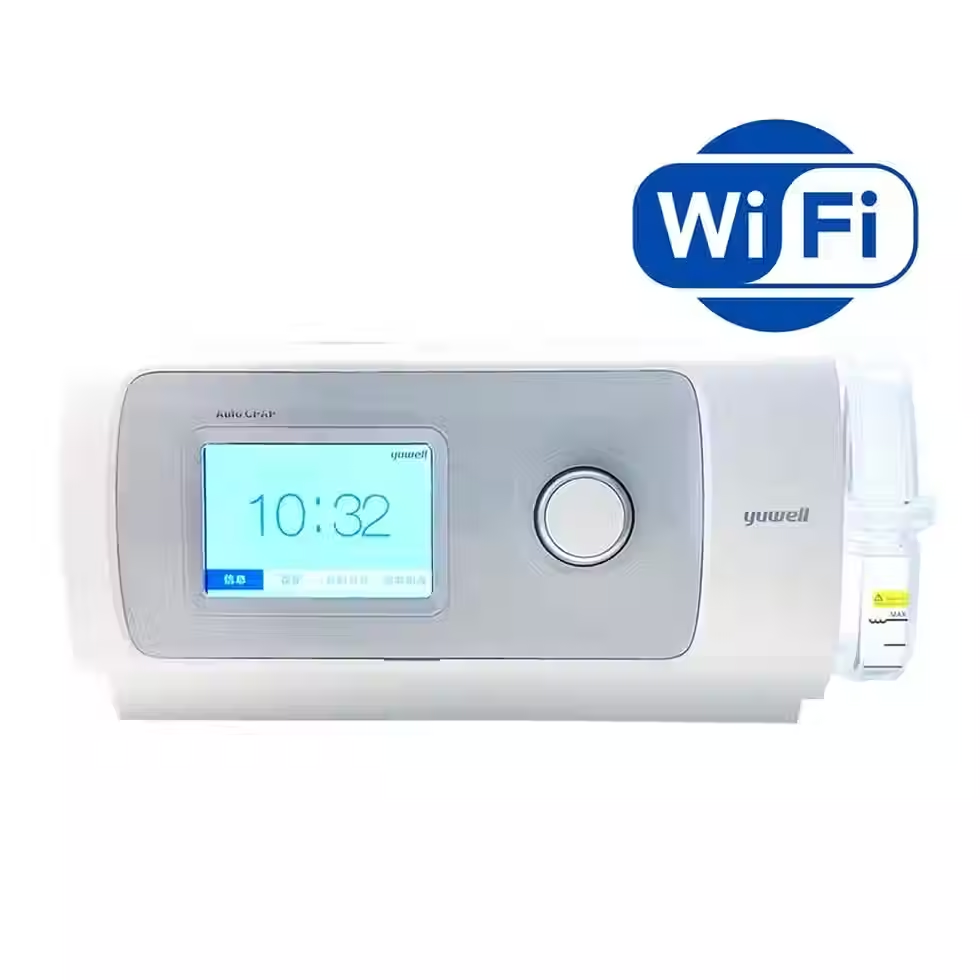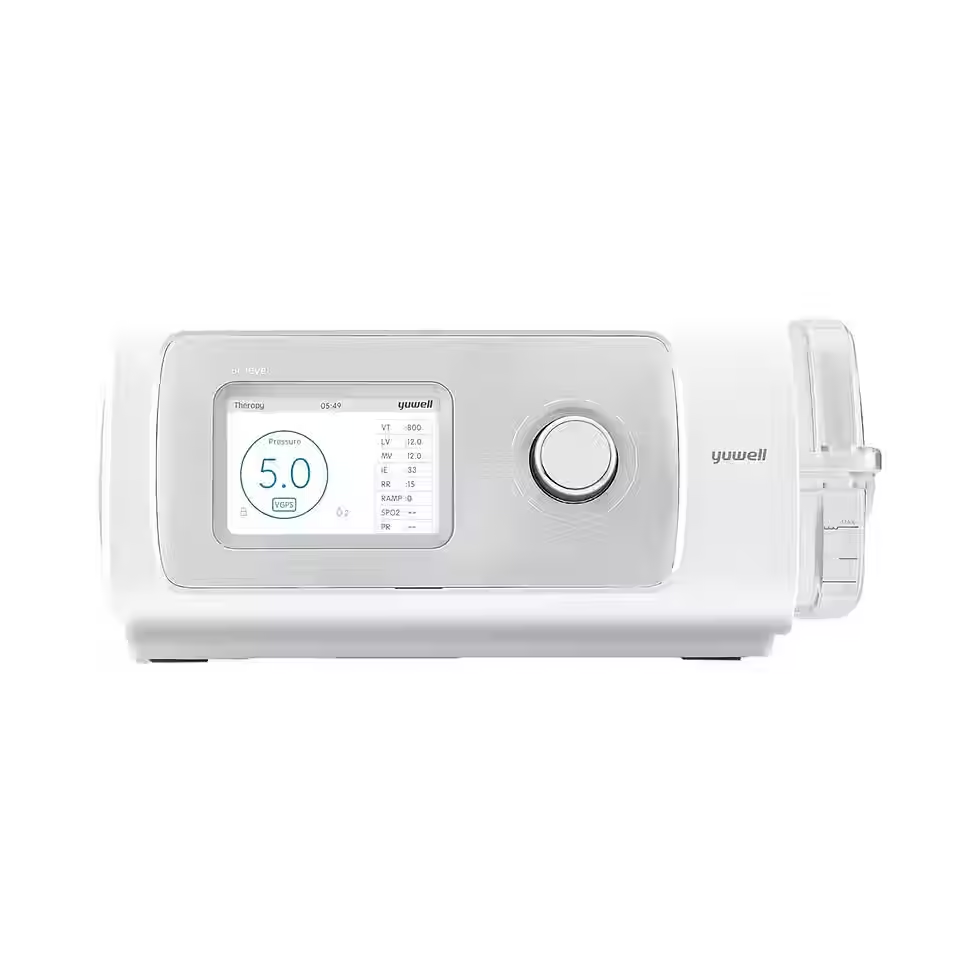
CPAP ventilation, also known as CPAP therapy or sleep apneutherapy, is a form of ventilation that combines the patient's spontaneous breathing with permanent positive pressure maintained during inhalation and exhalation. The patient can determine his or her own breathing depth, breathing frequency and flow.
CPAP stands for “continuous positive airway pressure”. Translated, this means: continuous positive airway pressure or sleep apnea. With CPAP therapy, room air is pumped into the airways using a mask while you sleep with a slight excess pressure. It is used to treat temporary nocturnal respiratory arrests. The incoming air prevents the throat muscles from collapsing and closing the upper airways. While CPAP therapy (sleep apnea) is about stabilizing the relaxed muscles of the throat through the slight excess pressure of the breathing air, CPAP ventilation, on the other hand, is used in intensive care units or in the emergency services for people with lung or heart diseases. Here, the slight excess pressure makes it easier to breathe in and ensures that more air flows into the lungs.
Source: Wikipedia














